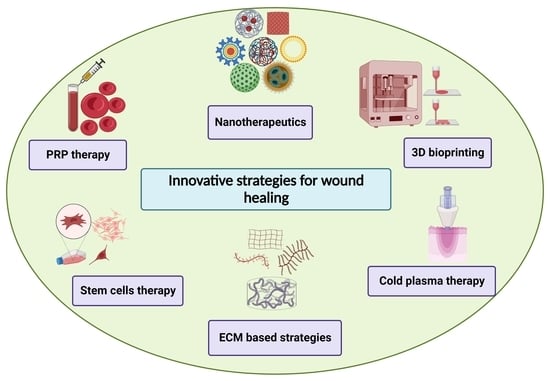Table of Contents

[/image][=video]
[/video]
Many sites utilized for bone marrow harvesting are located in the hip bones and the sternum. In healing, the donor might experience some discomfort in the areas where the needle was put.
If an autologous transplant is prepared, formerly collected stem cells, from either outer (apheresis) or harvest, are counted, evaluated, and ready to infuse. The preparations for a bone marrow transplant differ depending upon the sort of transplant, the disease requiring transplant, and your tolerance for particular medications. Think about the following: The majority of typically, high doses of chemotherapy and/or radiation are consisted of in the prep work.
This therapy is usually called ablative, or myeloablative, since of the impact on the bone marrow. The bone marrow generates a lot of the blood cells in our body. Ablative therapy stops this process of cell manufacturing and the marrow comes to be vacant. An empty marrow is needed to make space for the new stem cells to expand and develop a new members cell production system.
It is not a surgery to place the marrow right into the bone, but is comparable to receiving a blood transfusion. The stem cells locate their means right into the bone marrow and begin recreating and growing new, healthy blood cells. After the transplant, supportive care is provided to avoid and deal with infections, negative effects of treatments, and difficulties.
Perimenopause Treatment
The days prior to transplant are counted as minus days. The day of transplant is thought about day no. Engraftment and healing following the transplant are counted as plus days.
The days are numbered to help the individual and family members understand where they remain in regards to threats and discharge preparation. Throughout mixture of bone marrow, the client might experience the following: Discomfort Chills High Temperature Hives Upper body pain After infusion, the individual might: Invest a number of weeks in the health center Be extremely at risk to infection Experience too much bleeding Need blood transfusions Be confined to a clean setting Take multiple prescription antibiotics and other medications Be offered medication to avoid graft-versus-host diseaseif the transplant was allogeneic.
Depending upon the sort of transplant and the condition being dealt with, engraftment usually occurs around day +15 or +30. Blood matters will be checked commonly throughout the days adhering to transplant to assess initiation and progress of engraftment. Platelets are usually the last blood cell to recoup. Engraftment can be delayed due to the fact that of infection, medicines, reduced given away stem cell count, or graft failure.
Microbial infections are one of the most common. Viral and fungal infections can be dangerous. Any type of infection can cause an extended medical facility remain, stop or postpone engraftment, and/or reason irreversible organ damage. Antibiotics, antifungal medicines, and antiviral medicines are typically offered to try to stop serious infection in the immunosuppressed client. Thrombocytopenia (low platelets) and anemia (reduced red cell), as an outcome of a nonfunctioning bone marrow, can be unsafe and also lethal.
Fluid overload is a problem that can lead to pneumonia, liver damages, and high blood stress. The main reason for fluid overload is because the kidneys can not maintain up with the large quantity of fluid being given in the form of intravenous (IV) medications, nutrition, and blood items.
Hormone Therapy around Farmington Hills

Respiratory status is a crucial feature that might be endangered during transplant. Infection, swelling of the air passage, fluid overload, graft-versus-host disease, and bleeding are all prospective dangerous issues that may happen in the lungs and lung system. The liver and heart are important body organs that might be harmed during the transplantation process.
Failure of the graft (transplant) holding in the marrow is a potential problem. Graft failing may happen as a result of infection, recurring disease, or if the stem cell matter of the donated marrow wanted to create engraftment. Graft-versus-host illness (GVHD) can be a significant and serious difficulty of a bone marrow transplant.
Instead of a body organ transplant where the individual's immune system will certainly try to decline only the hair transplanted body organ, in GVHD the new or transplanted immune system can assault the entire patient and all of his or her body organs. This is because the new cells do not identify the cells and organs of the recipient's body as self.

The most usual websites for GVHD are GI system, liver, skin, and lungs. Prognosis significantly depends upon the following: Sort of transplant Type and extent of the illness being dealt with Condition response to therapy Genetics Your age and general health and wellness Your tolerance of certain medications, procedures, or therapies Extent of complications Similar to any treatment, in bone marrow transplant the prognosis and lasting survival can differ substantially from one person to another.
Stem Cell Therapy
Continual follow-up treatment is crucial for the individual following a bone marrow transplant. New approaches to boost therapy and to reduce complications and negative effects of a bone marrow transplant are continuously being found.
Regenerative medicine treatments can be separated into 3 groups: assist in healing by injecting or placing online cells into the client. Examples of mobile therapy consist of PRP and stem cell therapies, which can be used to deal with tendinopathy and various other sports injuries.
Outer nerves, for example, consist of Schwann cells, nerve fibroblasts, and immune cells, each playing a duty in nerve regeneration, as reviewed below. Stem cell therapy is one of the most thoroughly looked into and promising branches of cell regeneration therapy. Some cells, such as epithelial cells in the skin or the lining of the intestinal system, have a high turnover turn over and can regenerate regrow.
Navigation
Latest Posts
Perimenopause Treatment
Medical Group servicing Farmington Hills, Michigan
Medical Group around Farmington Hills